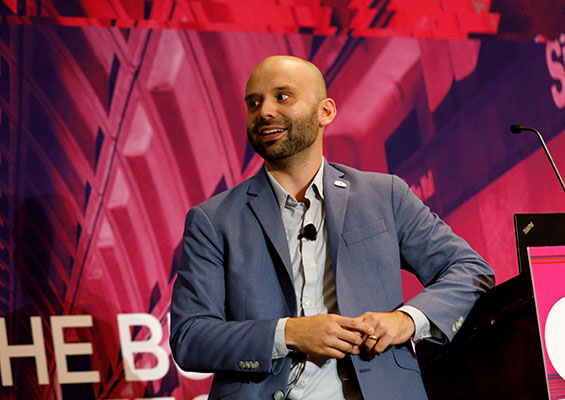 There’s no escaping it. We all experience conflict at work. But did you know that conflict costs American businesses $359 billion annually in lost productivity and remediation expenses? That’s not a typo.
There’s no escaping it. We all experience conflict at work. But did you know that conflict costs American businesses $359 billion annually in lost productivity and remediation expenses? That’s not a typo.
The problem may come down to collusion.
A collusion is a type of conflict we experience when we engage in behaviors that cause a problem to exist. These situations are more common than you think and can be some of the most problematic because both parties feel vindicated in responding the way they do by justifying their behaviors.
Let’s look at a hypothetical example – a woman named Carmen. Carmen hates that her boss never seeks her input in the planning of high profile projects – even though she is considered a subject matter expert by her peers. Carmen punishes her boss by doing only the minimum amount of work and exactly as instructed rather than making meaningful contributions that could save the company time and money. When she does contribute, there’s usually a hint of sarcasm in her responses. Carmen’s boss views all this as her having a poor work ethic and has grown tired of her seemingly bad attitude and so avoids using her on key projects altogether.
Notice that there is an action from Carmen’s boss, followed by a reaction from Carmen that causes another action from Carmen’s boss. This is cyclical in nature and a challenge because both sides feel like they are being wronged in some way. So, what can you do for a win-win outcome?
- Identify the behavior the other person engaged in. Think of it objectively and without any emotion. Ask yourself, “What are they doing that bothers me?”
- Consider how the behavior makes you feel in 3-D perspective:
- How I see myself.
- How I see the other person.
- How I feel.
- Consider what we do after we experience the first behavior.
- Remove yourself from your situation and consider the other person’s perspective. Then answer the following questions frankly and honestly:
- How is the other person likely to see themselves?
- How are they likely to see me?
- What are their likely emotions?
- How would I see them and what they are doing if I were on the outside looking in?
- How have I made things harder for them?
- What should I do differently?
- Alter your behaviors as you have just outlined to begin a culture of collaboration that leads to a powerful organizational mindset change.
If everyone in your organization was committed to the success one another, the impact to performance, company culture and profits could be enormous.
Access more insights like this via the Future Leaders Community and join today!




0